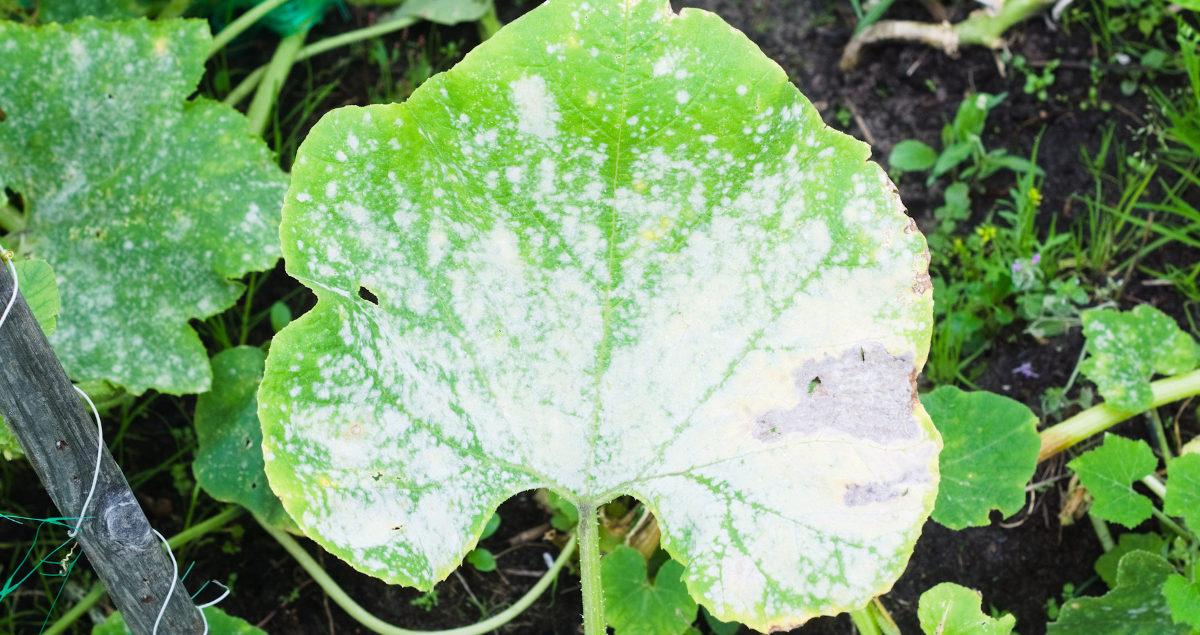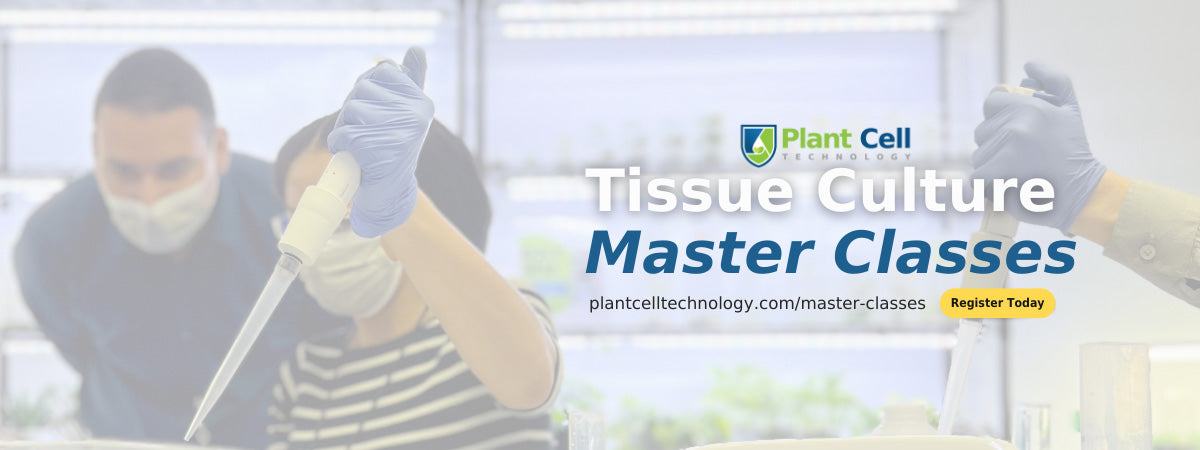
5 Common Plant Diseases And How To Treat Them

Introduction
Plant tissue culture is a method of propagating and growing plants in a laboratory setting. This technique has been utilized for decades in the agricultural industry to produce disease-free plants, increase crop yields, and create new varieties. The process involves taking small samples of plant tissue from any part of the plant, such as leaf or stem, and growing them in a sterile environment on nutrient-rich media. The resulting plants are genetically identical to the parent plant, disease-free, and healthy.
The technique has extensive applications in the horticulture, agriculture, and other plant areas to produce disease-free plants or create hybrids of desired characteristics. Further, the technique is also exploited in labs to study plant growth and development or their secondary compounds.
In this article, we will explore the ways in which plant tissue culture is being used to combat plant diseases and the potential benefits it can bring to the agricultural industry.
And, the exciting thing is that the article is also featured on www.Porch.com as part of their expert interview series on plant care and gardening. So, if your want to learn more about indoor gardening and learn about other experts' opinion on the topic, along with me, check out this link!
5 Common Plant Diseases
If you have an indoor houseplant, chances are you have experienced at least one plant disease. This is why you must be checking your plants consistently, as these can rapidly spread and cause a significant problem that, if gone too long, can be hard to come back from.
Here are some of the most common indoor plant diseases that you should be checking for often and how to treat them:
Powdery Mildew

Powdery mildew is a fungal disease that causes a powdery white or gray coating on leaves and stems. This one usually starts as circular, powdery white spots, which can appear on leaves, stems, and sometimes fruit. It can be treated by removing affected leaves and applying a fungicide. It is good practice to isolate the plant while in treatment and quarantine!
Root Rot

Root rot is caused by overwatering or poor drainage, which leads to the decay of the plant's roots. It can be treated by improving soil drainage and reducing watering. A great way to improve drainage is adding mediums to the soil, like organic perlite and bark. If that still does not work, add watered-down hydrogen peroxide to help aerate the soil. - But truthfully, the best remedy is to stop watering your plants so often! Each plant has different needs, but for the most part, as a good rule of thumb, you can just wait for the soil to be dry between waterings and then give them a good soak!
Spider Mites

Spider mites are tiny spider-like pests that can cause yellowing or stippling of leaves; spider mites love an arid environment, so under-watering your plants is usually the leading cause. They can be treated by hosing the plant with water or using a pesticide specifically formulated for spider mites. Quarantine the plant until you are confident these are gone, or the rest of your plants can quickly become infected.
Fusarium

Fusarium is a fungus that causes wilting and yellowing of leaves, often accompanied by brown or black spots. The fungus thrives in warmer weather (optimal soil temp 82°F) and is more severe in acidic soil. The pathogen often enters through root wounds caused by cultivation or nematode feeding. Solarization kills off the fungus by raising that temperature to an extreme temperature where no fungus can survive. You will want to remove all infected plants from the infected soil and burn or discard them entirely.
Black Spot

Black spot is caused by a fungus that produces circular black spots on leaves, which can cause defoliation. It can be found on flowers, fruits, and leaves and is problematic when the weather is hot and humid. It can be treated by removing affected leaves and applying a fungicide.
Identifying the specific disease or pest affecting your plant is essential to treat it effectively. An effective way to eliminate these plant diseases is through plant tissue culture.
What is Plant Tissue Culture?
Plant tissue culture is a powerful tool for producing disease-free plants because it allows for the propagation of plants in a controlled, sterile environment. This helps to eliminate pathogens that may be present in the original plant tissue and ensures that the new plants grown from the tissue culture will be disease-free.
The following steps can be taken to get rid of indoor plant diseases using plant tissue culture:
1. Isolation: The first step is to isolate healthy tissue from the infected plant. This can be done by taking small pieces of leaf or stem tissue free from disease symptoms.

2. Sterilization: The isolated tissue is then sterilized to remove any pathogens that may be present. This can be done by treating the tissue with a bleach solution or other sterilizing agent.

3. Culture initiation: The sterilized tissue is then placed on a culture medium, a nutrient-rich solution that supports the growth of the tissue. The culture medium is typically supplemented with hormones to promote cell division and growth.

4. Culture maintenance: The tissue culture is then maintained in a controlled environment, such as a growth chamber, to promote the growth of new plantlets. The culture medium and conditions are carefully monitored to ensure optimal growth.
5. Acclimatization: Once the new plantlets have grown to a suitable size, they are transferred to a new environment, such as a greenhouse or outdoor setting, to acclimatize them to normal growing conditions.

6. Planting out: Finally, the plantlets are planted in the soil and grown to maturity. They are now disease free.
It is important to note that plant tissue culture is a complex and technical process that requires specialized equipment and expertise. It is best to consult with a plant tissue culture expert professional like our experts at Plant Cell Technology. Or join the next tissue culture master class to learn the ins and outs about plant tissue culture and start up your own lab regardless of the size, whether at home, or at large-scale!
In conclusion, plant tissue culture is a powerful tool in the fight against plant diseases. By producing disease-free plants, it can help to increase crop yields and improve the overall health of our food systems. The ability to create new plant varieties with specific traits, such as resistance to disease, can help to ensure the sustainability of our food supply.
However, it is worth noting that plant tissue culture is not a one-size-fits-all solution, and there may be limitations to its use. Ultimately, a combination of techniques, including plant tissue culture, traditional breeding methods, and integrated pest management, will likely be necessary to effectively combat plant diseases.
Blog Categories
View by Level
Popular Blogs

Why Carbohydrate Sources Matter in Plant Tissue Culture Media
Introduction Ever wondered why a simple sugar can make or break your plant tissue culture success? It’s a question that...
Read More
How Tissue Culture Supports Vertical Farming and Urban Agriculture?
Introduction If you've ever seen a large-scale vertical farm, with its towering racks of perfect, vibrant greens, you might wonder...
Read MoreSubscribe to Our Newsletter








Join the conversation
Your email address will not be published. Required fields are marked